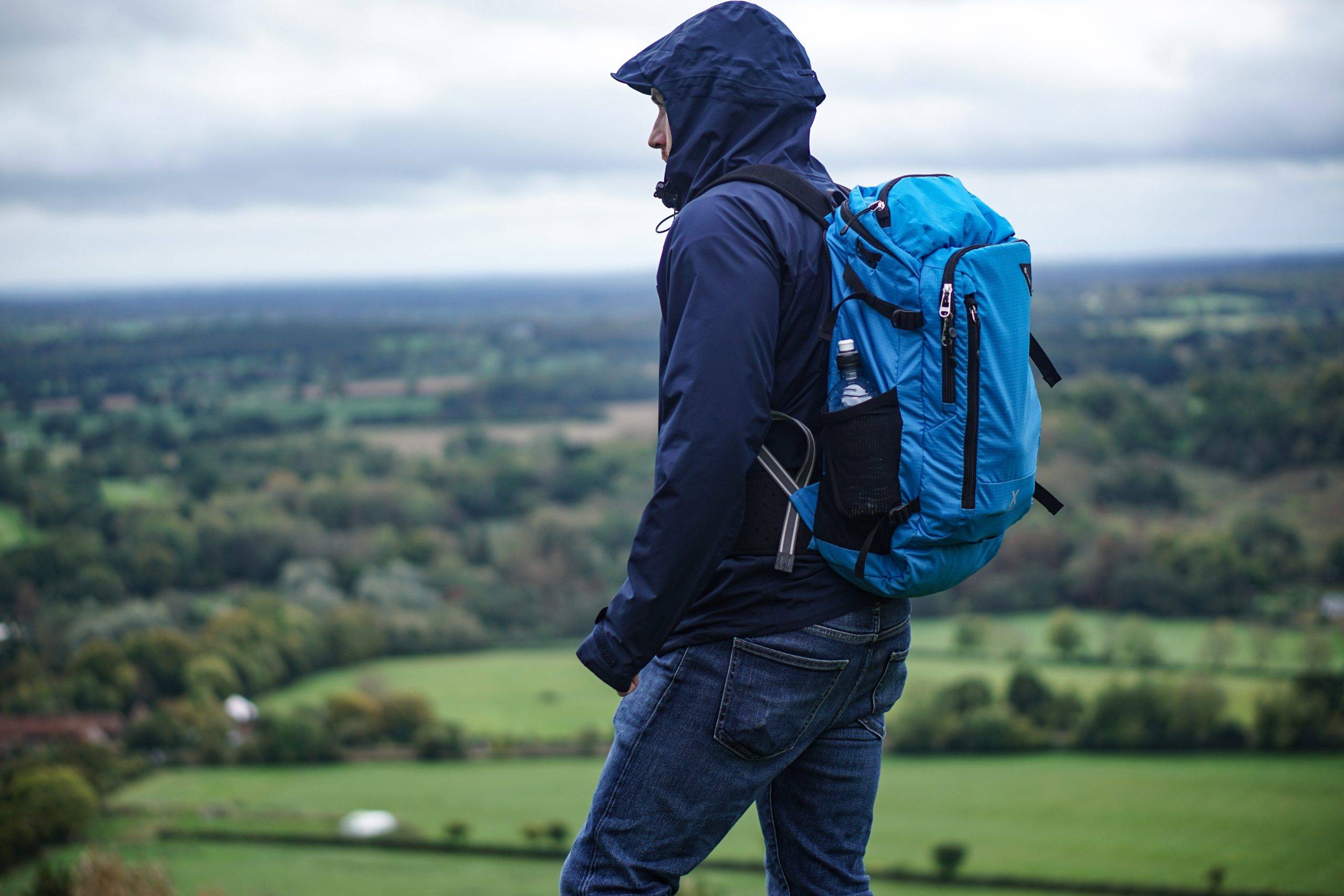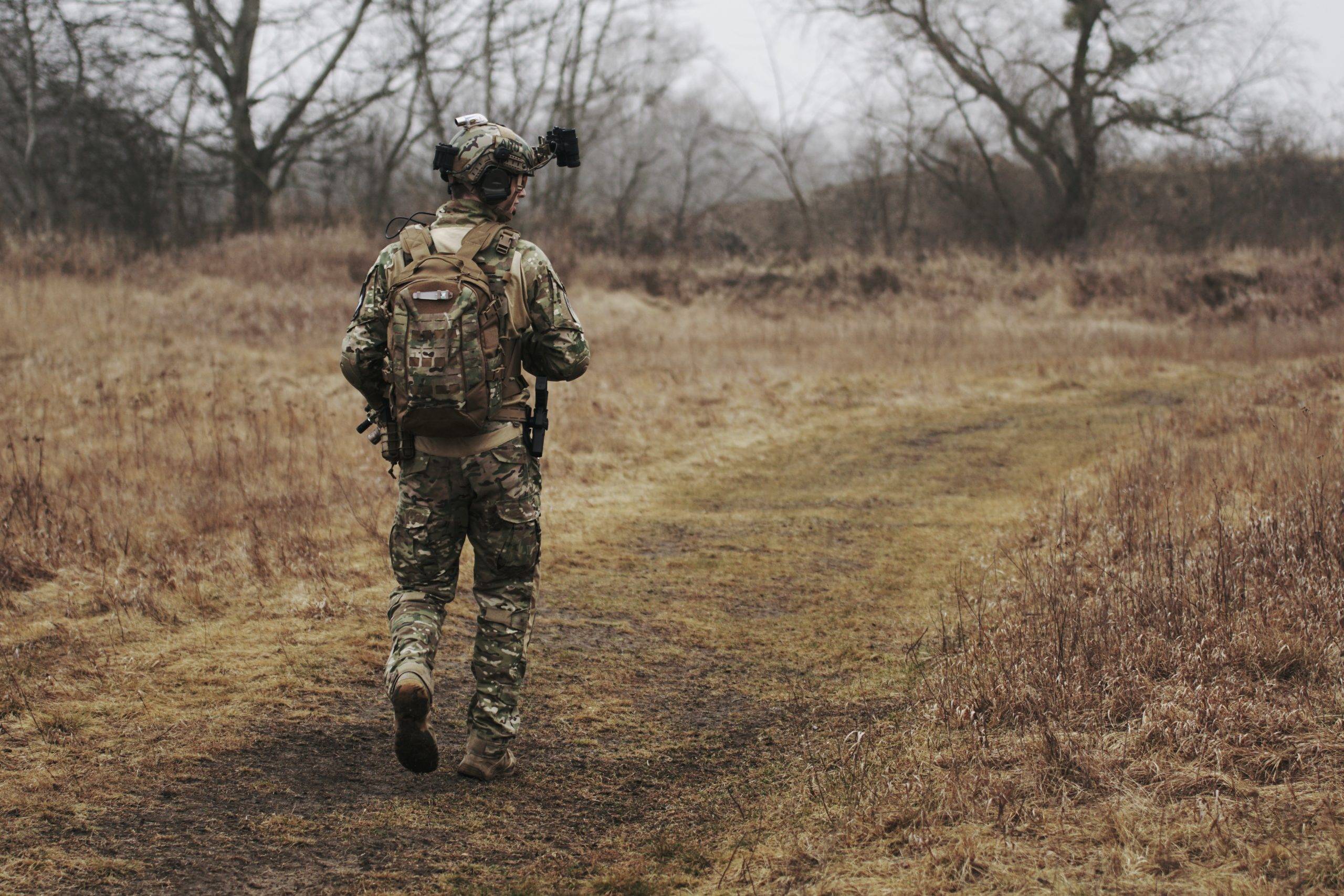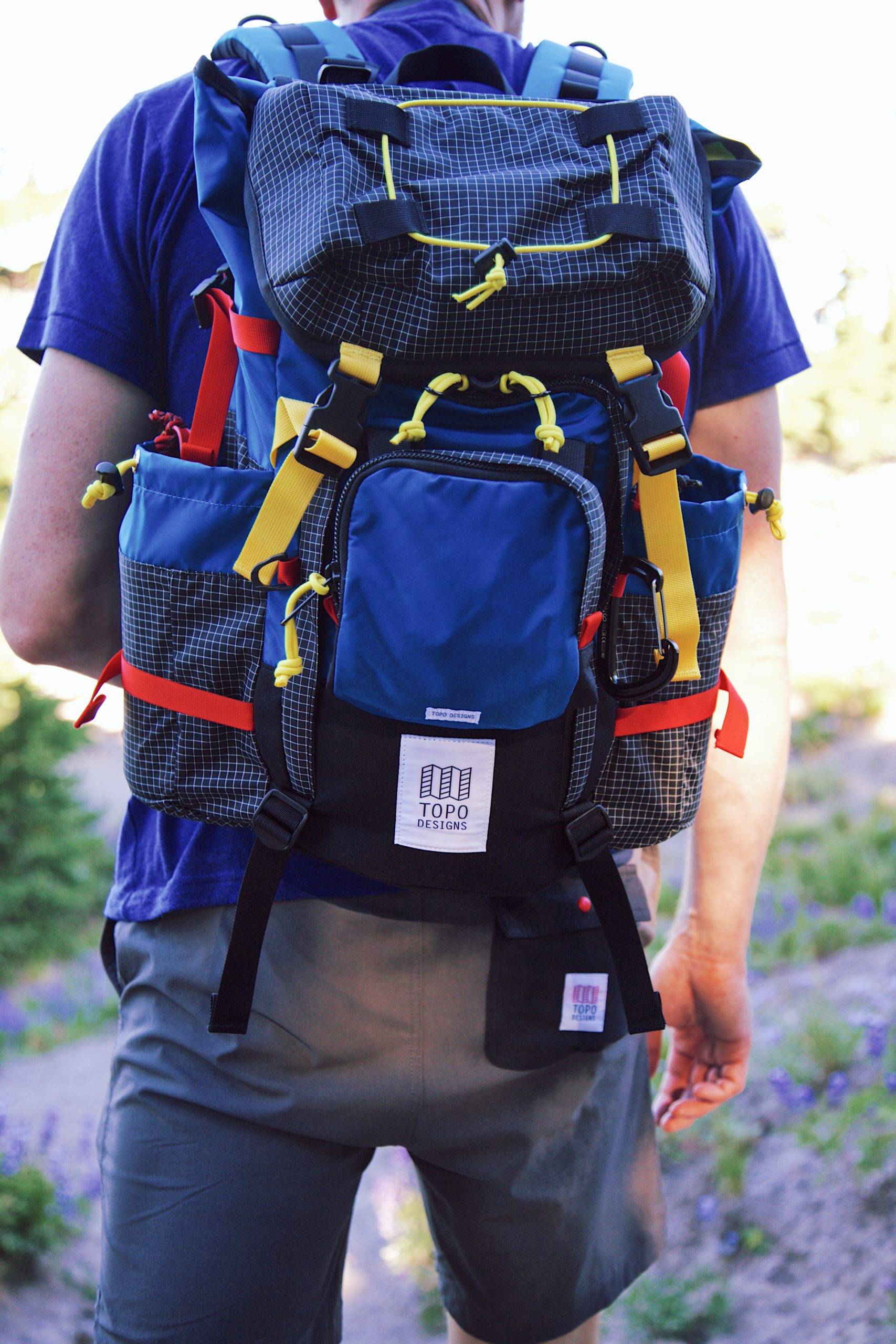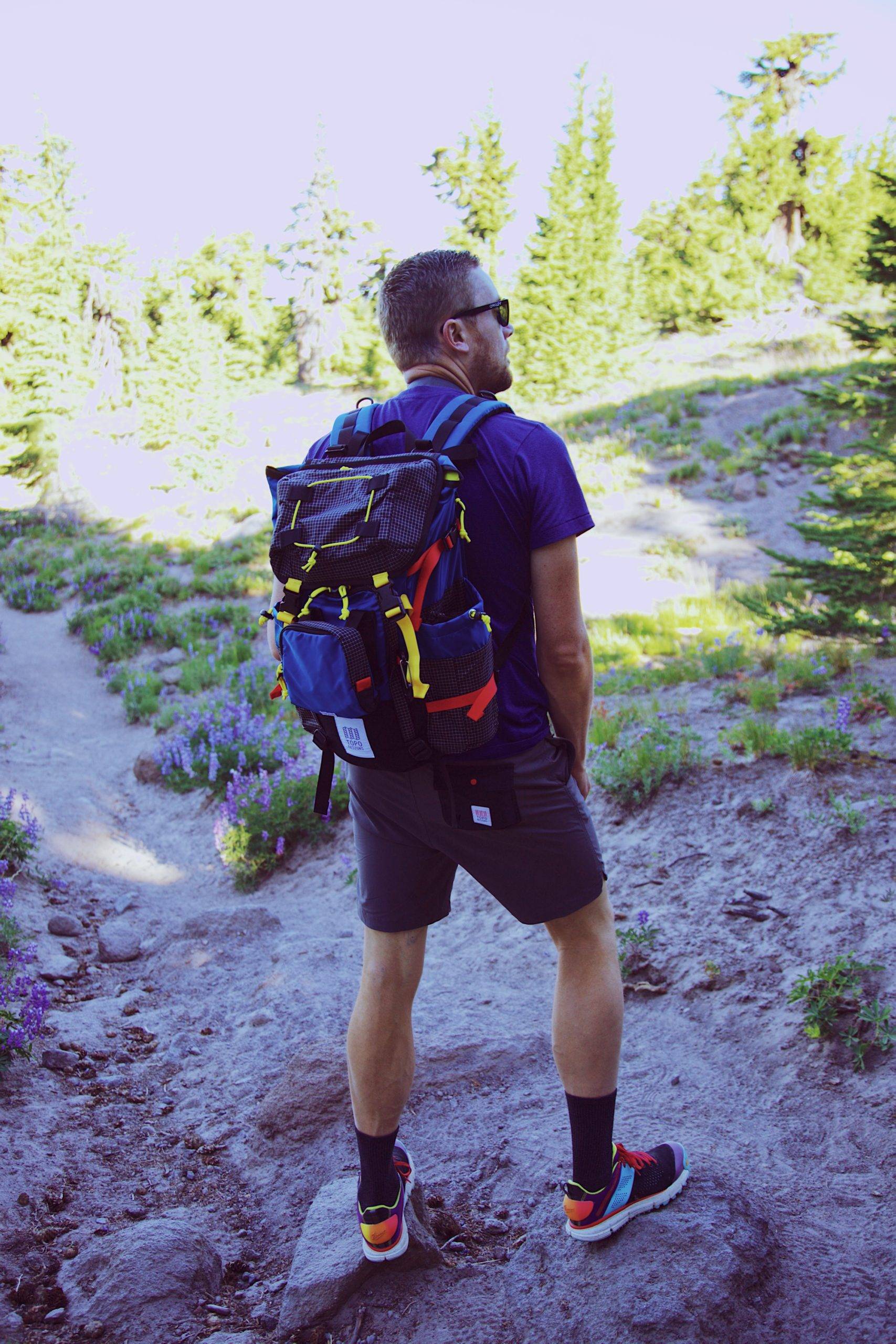How To Ruck: What is Rucking and How to Get Started
Did you know that you have probably gone rucking without you knowing that you did? Going on hikes while carrying a backpack with supplies can be considered rucking already. However, real rucking is carrying more than just the supplies you have and going for scenic views. We’ll explain to you exactly what is rucking and how to ruck properly.

What is Rucking?
Rucking is considered the foundation of all military training. Though civilians can do basic rucking, military from days of old do the same as part of their discipline. From Roman soldiers to our modern-day military, rucking serves as the basis of the basics.
So what is rucking in the truest sense of the word?
The German word der Rücken means “the back” in English. Thus, a rucksack literally denotes a back sack, with the sack being the thing you carry behind your back. That is why even simple backpacking for a hike can be regarded as rucking already. However, authentic rucking has a different purpose. It is not about pleasure walks, but rather a discipline that you need to do to condition yourself physically and mentally. Real rucking also trains you to travel for miles on different terrains while carrying a weighted rucksack.

Will You Get Some Benefits from Rucking?
Rucking needs endurance, strength, and a strong-willed character. Though it is defined as simply walking with a weighted backpack, rucking offers many great advantages for your health and character. Here are some of the best benefits when you know how to ruck.
Improves Your Cardio
Rucking is the best exercise of choice for people who find running too hard yet find walking a bore. Rucking is a cardio exercise. It gives your body’s blood circulation a boost by making the heart pump blood faster. That way, your body can get the oxygen-rich blood it deserves.
Great for Your Posture

I personally have had bad posture ever since I was a kid. My mom was against me using backpacks since she was afraid it would make me hunch more. However, if worn correctly, backpacks actually help improve posture. The weight of the rucksack you are carrying will help pull your shoulders back. It will put your body into proper alignment, which will correct your posture gradually. Just make sure that you wear the bag correctly though.
Take note that you need subsequent rucking activities for your posture to improve. Your body needs to develop a memory to stay in the proper position. Hence, you have to ruck often to help your body maintain its correct alignment.
Natural Mood Enhancer
Rucking requires you to be outside all the time. And whether you agree or not, nature is definitely a mood booster. As you go through nature hikes, you will be able to experience fresh air. It will also help reduce depression, stress, and anxiety.
Boosts Your Social Connections

When you go out to ruck, you meet new friends along the way. Some people ruck in groups for the fun of it. While some prefer to be alone, they still meet some strangers along the path that they can strike a conversation with.
Burns Calories
Rucking definitely burns calories since it is a form of exercise. Thus, it helps reduce obesity while improving your immune system along the way. Rucking plays between walking and running. It burns more calories than walking, yet the calories burnt are a little under that of running. Nonetheless, it is a great choice to burn those unwanted calories while keeping your joints safe from stress caused by running.
How to Ruck: A Guide for Beginners
Understanding how to ruck properly with all the gears and rules will give you a safe and best rucking experience. It’s not just as simple as carrying a weight on your shoulders. You need to be familiar with the do’s and don’ts as well to ensure that you do not carry too little or too much. Here are the things you need to know before you ruck:
Choose the Right Bag

Gears include your bag and comfortable attire. You can use just any backpack that you have. However, it is important to be informed of the difference between framed and frameless packs. You will know a back is framed when you can feel and see frames on it. The frames can either be internal or external, which may also require some assembling on your part. Meanwhile, a frameless bag is simply your regular backpack that kids often use in school.
When choosing your rucksack, make sure that it fits you appropriately. The straps should be tight yet comfortable on your shoulder girdle while leaving some space under your armpits.
Prepare Your Outfit
The first thing to consider in preparing your outfit is comfort. Choose clothes that allow you to move freely and do not restrict your movements. It also needs to be breathable, especially when you have to walk for long distances on a difficult course or terrain.
Your outfit should also include the proper footwear. Special Forces who train how to ruck use combat boots. But of course, you do not need combat boots for civilian rucking. The choice of footwear will depend on you as well as on the terrain you want to tread. Some people prefer actual boots, while some choose running shoes. Some others even go for barefoot shoes. You also have to ask yourself if you need waterproof boots/shoes, or non-waterproof will do.
Regardless of the shoes you choose, you have to remember not to pick something too tight. Rucking will cause your feet to swell. That is why you need ample space in the footwear to accommodate the swelling. However, do not pick a pair of shoes that is too loose as well. Otherwise, it may cause unwarranted injuries.
Additionally, make sure that you break in your shoes if you are using boots. One way to break in the boots is to shower with them and walk around for two hours while wearing them. Also, choose a pair of socks that provides proper ventilation and protection for your feet.
Be Familiar with the Weight

Weight is an essential part of rucking. You cannot ruck if you do not know how much weight you have to carry. My cousin who underwent training to become a policeman said he used to carry 28 lbs behind his back. I also heard that those joining the army need to carry 40-50 lbs while running for 2 miles! But for beginners, you don’t have to carry that much.
If you are unsure what weight to add, it is best to start with a weight that is equivalent to 10-15% of your actual body weight. Then, add 5 lbs a week until you reach a 35-50 lbs mark. For example, a 180-lb person can start with 18 lbs weight (10% of the total body weight). It will then take 4 to 5 weeks for you to reach 50 lbs if that’s what you are aiming for. Do not go for more than 50 lbs as it can cause major stress on your body already.
Once you determine the amount of weight you have to carry, what will you use as weights? You have a lot of choices! From dumbbells to sandbags to bricks, name it! You can even use stones you find along the road, or basically anything that adds heaviness to your pack.
Schedule Properly
For beginners, start with 2 miles and gradually increase your distance from there. Some people would ruck at least once a week depending on their schedules. Since it does not impact the knees and heels as much as running does, you can ruck for as much as you want. Yes, even every day! Just make sure that you do not overstress your body, especially when you do other physical activities such as sports.
Takeaway
Rucking is a wonderful and helpful physical activity to try. Though there are several conditions for rucking, make sure that you equip yourself with the knowledge and understanding of how to ruck properly. As long as you follow general guidelines and safety procedures such as the recommended weight and attire, you will be able to maximize the benefits of this amazing activity.







